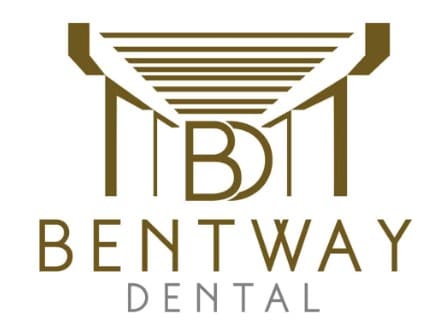Here's a Cheatsheet to the Words Dentists Use.
It helps to know some of the phrases and terms since patients have a hard time asking questions while sitting in a dental chair. Here are some of the familiar terms used and what they mean.
Quadrant
Your mouth is divided into quadrants for an easier way to identify where the dentist is looking or where problems exist. The first two quadrants are in the upper portions of your mouth while the third and fourth quadrants are in the lower portions. The top right is quadrant one and the top left is quadrant two The bottom left is quadrant three and the remaining area is quadrant four.
Gum Numbers
Dentists have terminology that identifies gum health. They measure gums by looking at the gap between the gum pocket and the tooth. Numbers related to the gap. The smaller the number, the healthier the gum. Larger numbers show you have tartar and plaque. One to three indicates healthy gums.
Teeth Numbers
You will hear your dentist call out numbers as they look at your teeth. That references a chart to make notes and each tooth is listed by an identifying number. Canada uses an ISO/FDI system from the World Health Organizations but others around the world use the Universal System or the Palmer Notation Method.

Other Technical Dental Terms
Patients may know what an abscessed tooth and gingivitis are but may not understand some of the more technical terms. Here is a list of some that are common:
- Bite Wings are small X-rays that include several teeth
- PA refers to another type of X-ray that shows only one or two teeth
- OPG is a full X-ray of the entire head
- Composite is a tooth-coloured material made primarily of resin that is used in fillings
- Amalgam is a silver-based material used in fillings for cavities.
- Periodontitis refers to advanced gum disease.
Dentists often have jargon referring to the varying surfaces of teeth. Some of these can be confusing because patients don’t hear them outside of the dental offices. Here is a rundown of some of those terms.
Distal refers to the back edge of the tooth while mesial references the front of the tooth. Buccal is used to refer to the outer edge of the tooth nearest the cheek while palatal or linqual is used to reference the inside edge near the tongue.
Occlusal refers to the biting surface of a molar or pre-molar teeth. Incisal refers to the biting edge of incisors and canine teeth.
Dentists will combine all of these references together and call them out to assistants during an exam. They may say something like 2nd-6-MOD composite. That means there is a tooth-coloured filling in the 1st molar tooth on the upper left side of your mouth that runs through the tooth.
You may not catch all the phrases but can understand some of the more important ones like the number of gum gaps and which teeth have cavities.
Patients can always ask their dentists to decipher their shortened language to explain their oral health to them in ways they can better understand.



